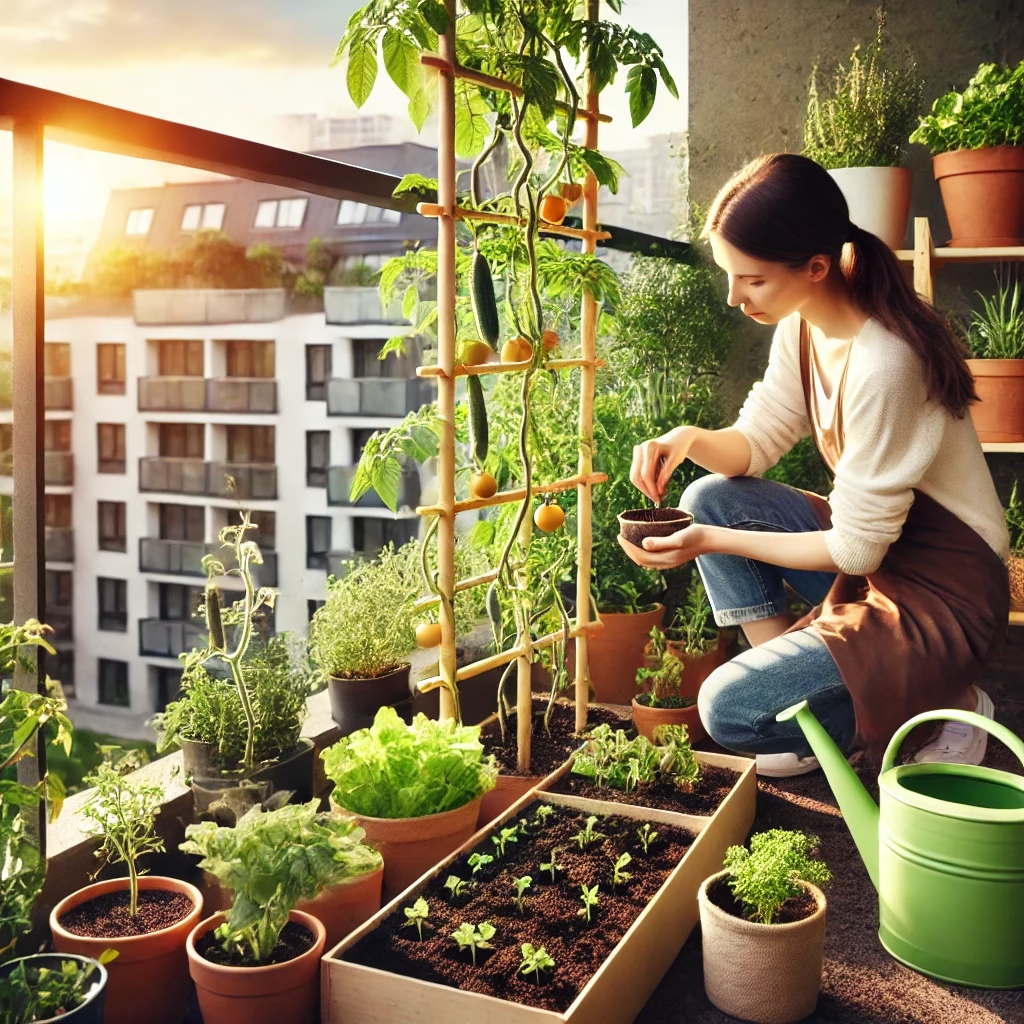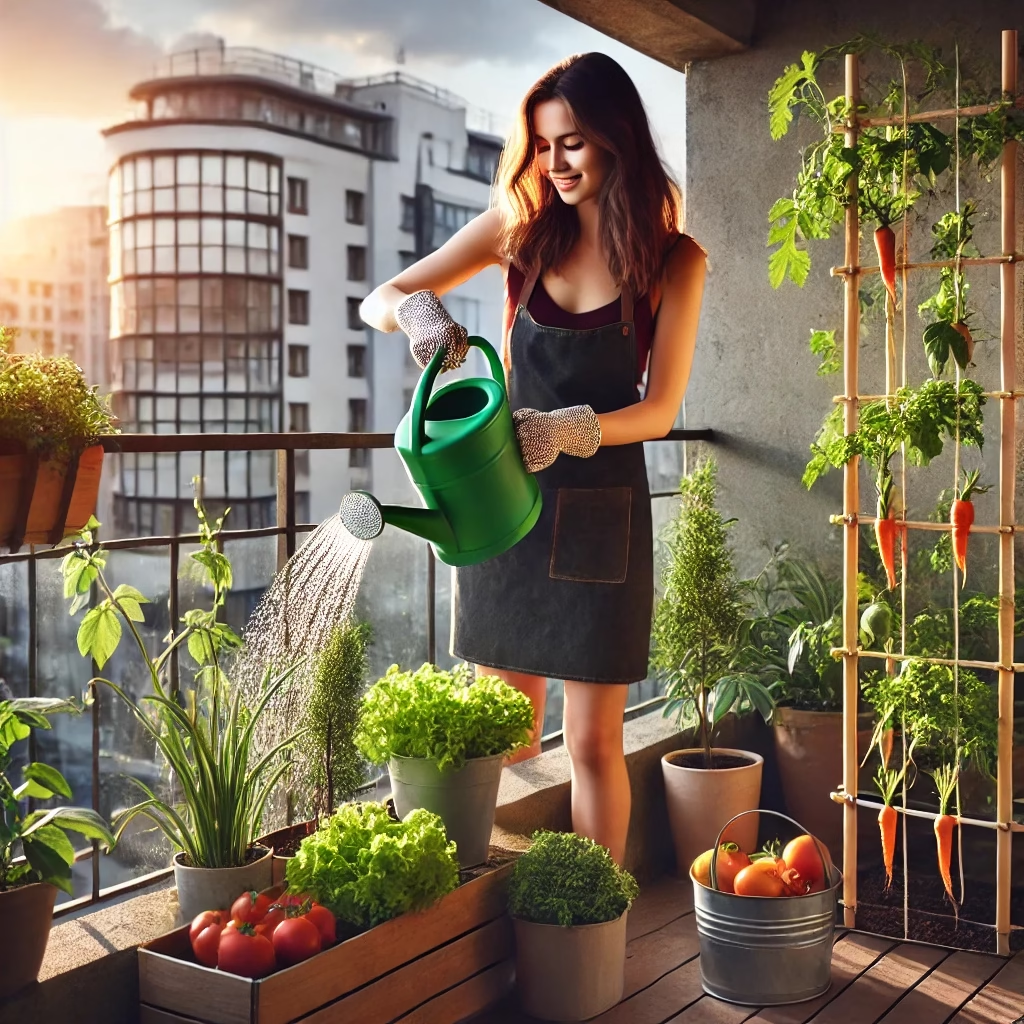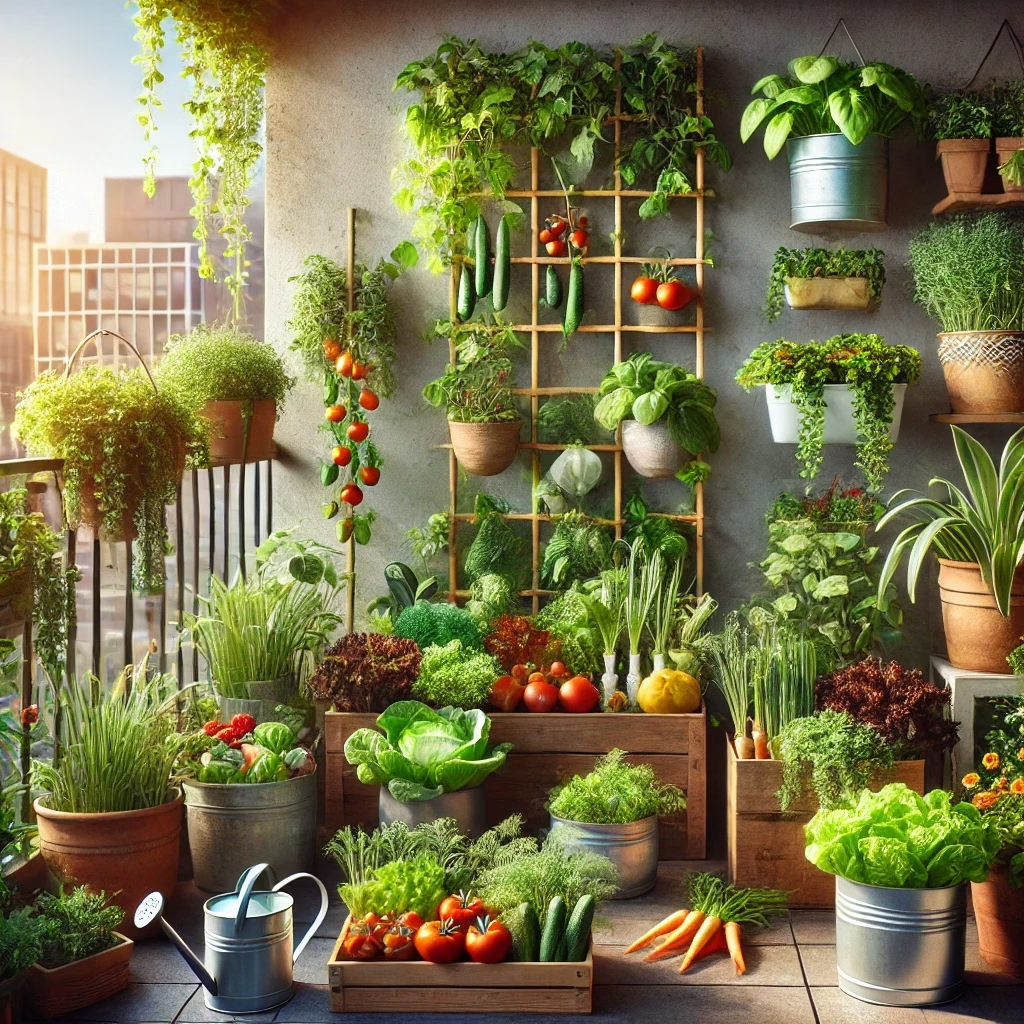Urban horticulture has gained popularity around the world as people seek fresh, Homegrown production despite a limited place. Whether you live in an apartment with high growth in New York, a small townhouse in London, or a compact house in Mumbai, growing your vegetables is a rewarding and durable practice. This guide examines the best vegetables for urban gardening and ensures a productive crop in small places.

Why choose urban horticulture?
Urban horticulture provides many benefits, including:
- Access to fresh dividends: Homegron vegetables are healthy, healthy, and free of harmful chemicals.
- Space Advancement: Techniques such as vertical gardening, gardening, and hydroponics have the most advantages.
- Environmental benefits: Reduces carbon footprint by cutting on transport and packaging waste.
- Cost savings: Increasing food can significantly reduce grocery compensation.
- Mental welfare: Hortleie has been linked to little stress and a better mood.

Best vegetables for Urban Gardening
1. Tomato
Tomatoes are among the simplest and most assigned vegetables to grow in urban places. They thrive in containers, hanging baskets, and vertical gardens.
- Increasing method: utensils, hanging curves, or hydroponics
- Need for sunlight: 6-8 hours of direct sunlight
- Variants: Cherry, space, and courtyards are ideal for small places.
2. Latus and leaf green greens
Blade greens such as Latus, spinach, and kail are perfect for urban horticulture as they grow rapidly and require some space.
- Increasing method: container, hydroponics, or window box
- Need sunlight: 4-6 hours of sunlight; Partial shadow is acceptable
- Varities: Romein, Butterhead and Arguula
3. Chili (bell and chili)
Chilli grows well in containers and provide a continuous crop throughout the season.
- Increasing method: utensils or raised beds
- Need for sunlight: 6-8 hours of direct sunlight
- Variants: Bell Papers, Jalapenos, and Keyen Papers

4. Carrot
Carrots are easy to grow in deep containers and require minimal maintenance.
- Increasing method: deep utensils or raised beds
- Need for sunlight: 6-8 hours of sunlight
- Varies: Nentas, Chantane and Mini carrots for small places
5. Radish
Radish mature quickly and can be cut within 3-4 weeks, making them ideal for urban gardeners.
- Rising method: shallow pot or garden beds
- Need for sunlight: 4-6 hours of sunlight
- Varies: Cherry Belle, French breakfast, and white Icical
6. Cucumber
Cucumbers are excellent for vertical gardening because they can be trained in moving upwards.
- Increasing method: Tralis, hanging basket, or hydroponics
- Need for sunlight: 6-8 hours direct sunlight
- Variants: Bush Champion, Angan Snake and Lemon Cucumbers
7. Beans (green beans and pole beans)
Beans are perfect for small places when growing vertically and producing high returns.
- Increasing method: vertical trailer or hammock
- Need for sunlight: 6-8 hours of sunlight
- Variants: shrub beans, pole beans and French beans
8. Herbs (basil, mint, coriander and more)
Herbs require minimal space and can grow on windows, balconies or kitchen counter.
- Increasing method: utensils, hydroponics or hammocks
- Need for sunlight: 4-6 hours of sunlight
- Varies: Tulsi, mint, parsley and seelantro

Tips for successful urban gardening
- Choose the right container: Use the pot with drainage holes to prevent the root root.
- Use quality soil: A light, good dry pot mixture ensures the growth of a healthy plant.
- Maximize vertical space: Use wall plants, trailer and hammock to adjust space.
- Use partner planting: Parcompatible plant together to increase growth and prevent pests.
- Water wise: Urban gardens dry quickly, so continuous water is needed.
- Use organic fertilizer: fertilizer or organic liquid fertilizer improves the soil’s health and plant outcomes.
Final thoughts
Urban gardening is a practical and rewarding way of growing fresh vegetables, even in small places. By choosing the right crops and using effective gardening techniques, you can grow a productive garden at home. Whether you have a balcony, ceiling or just a sunny window, these vegetables will help you enjoy the benefits of Homegron food.
Are you ready to start your urban horticulture trip? Share your experience in the comment below!
Related Posts





